8 Types of Food Thermometers: What You Need To Know
March 21, 2018Food thermometers are essential restaurant supplies for your commercial kitchen.
They ensure that foods prepared in your commercial kitchen are cooked to the right temperature and held at that temperature for as long as necessary to kill any harmful bacteria. This makes these restaurant supplies a valuable safety tool in your kitchen.
But these restaurant supplies are not all the same. There are a number of different types, each designed to serve different purposes. Let’s take a look at the types of food thermometers available, and what makes them different from each other.
1. Thermocouples
Thermocouples read temperatures very fast – in as little as 2-5 seconds. These restaurant supplies are very versatile and can measure both thick and thin foods. They can be calibrated for easy reading. Unfortunately, they are highly inaccurate during cooking and are best used when the food is nearly cooked, for accurate results. Being rather sensitive restaurant supplies, thermocouples are not safe for oven usage.
2. Thermistors (Digital Instant Read)
Thermistors are great restaurant supplies that provide fast and accurate readings. A thermistor can be used to measure temperature in both thick and thin foods. However, not all models can be calibrated, and they cannot be used in food while cooking.
3. Oven Probe Cord Thermometers
Oven probe cord thermometers are versatile restaurant supplies that can be used in the temperature measurement of most foods. They are specifically designed for use inside an oven or covered pot while cooking, but can also be used outside the oven. The main downside is that they are not calibrated.
4. Thermometer-Fork Combination
A typical thermometer-fork combination reads temperatures in 2 – 10 seconds. These are versatile restaurant supplies that can be used in most foods. Thanks to their fork-like nature, they are highly convenient for use when grilling. Thermometer-forks cannot be used until your food is almost done cooking.
5. Dial Oven-Safe Bimetallic Thermometers
Dial bimetallic thermometers read temperatures in 1 – 2 minutes. This is much slower than most thermometers on this list. However, unlike many on the list, these restaurant supplies can be used in foods while cooking – although they have to be placed at least 2 inches deep for accuracy. These restaurant supplies are a good fit for roasts, soups and casseroles, but are not advisable for use when preparing thin foods. Due to the metallic nature of these thermometers, they are able to easily conduct heat and do not always provide accurate readings.
6. Digital Instant-Read Bimetallic Thermometers
Digital bimetallic thermometers are handy restaurant supplies provide fast and accurate readings. However, like many others on this list, they cannot be used while food is still cooking, but they can be used in both thick and thin foods. For those conscious of calibration, be sure to check if the model you’re considering is calibrated.
7. Disposable Temperature Indicators
Disposable temperature indicators are, as their name implies, single-use restaurant supplies. They provide accurate temperature readings in 5 – 10 seconds. Great for liquid foods, these thermometers are designed to measure food temperature while cooking. They are programmed to detect a specific temperature, changing colors when that temperature is attained.
8. Pop-up timers
Another type of single-use thermometer, these restaurant supplies “pop up” when food reaches a certain temperature. They are most often used when roasting turkeys and chickens. Combining pop-up timers with other conventional food thermometers will provide you with the best results.
Your choice of an appropriate food thermometer for your commercial or residential kitchen will depend on what you hope to achieve with one. Consider the pros and cons of each type of thermometer before selecting the right one (or ones) for your needs.
Preventing Dine and Dash in Your Little Rock Restaurant
There’s nothing more frustrating to a server – and a manager – than realizing that a table has left without paying for their meal. It costs everyone money, and it can be insulting as well. Sometimes dine and dashers are young people who think it’s a funny prank. Other...
Renovations: Keeping Your Restaurant Supplies & Costs in Check
Every restaurant owner has to face the reality of renovations at some point. Usually, this is good news – your restaurant is growing, or is successful enough that you can expand. Sometimes it’s just a matter of keeping up with the times, replacing old and damaged...
Build Up Your Employees with Fun Perks
Your employees do a lot for you. You depend on them to follow protocols, serve customers with kindness, and keep your commercial kitchen in top shape. Of course, you provide them with a great working environment. But why not thank them in additional ways – with fun...
Commercial Kitchen Fun: Almost a Dozen Ways to Cook Eggs
Cooking an egg might be one of the most basic kitchen skills around, but that doesn’t mean there’s only one way to do it. If you serve breakfast, you’re probably familiar with quite a few of them. But almost a dozen? That’s worthy of its own egg-only menu! Don’t...
Restaurant Equipment Spotlight: Using Tech to Promote Your Restaurant
You’ve got a great location. Your restaurant equipment is in great shape, and you have excellent employees ready to serve. Your menu is on point, and you’re ready to bring a top-level dining experience to your community. So… where are the customers? Having an...
Holiday Marketing for Your Restaurant
It’s never too early to think about how you plan to market your restaurant for the holidays. Your strategy will vary a lot depending on what type of establishment you have. The restaurant supplies you’ll need will also depend on the type of marketing campaign you...
Things to Instagram About Your Restaurant
A picture is still worth 1,000 words, especially when it comes to marketing. While customers taking endless pictures of their food to post online may frustrate your staff, the truth is it gets the word out about your restaurant. However, you don’t have to rely on your...
Choosing the Right Refrigerator for Your Commercial Kitchen
People who buy refrigerators for their homes often spend weeks researching different models and finding exactly what they need. It’s a major investment for many homes, and it pays to get it right! In your commercial kitchen, you may feel that you don’t have that kind...
Tips for Managing Restaurant Inventory
Does the thought of keeping track of every ingredient and piece of kitchen equipment in your restaurant make you want to hide your head under a pillow? You’re not alone. Keeping track of everything is time-consuming and often overwhelming. And you know how much your...
Restaurant Supplies: Getting Started With a Food Truck
While restaurants grow slowly, the food truck industry has been rocketing with 7.3% growth between 2012 – 2017. Food trucks are great for entrepreneurs because they have a relatively low startup cost and annual overhead compared to other businesses. Customers who...
Commercial Kitchen Fun: Restaurant Bloopers
Making mistakes is part of being human. However, sometimes these mistakes are pretty funny and deserve to be shared with others. There are many things that may not have been funny at the time, but in retrospect give you a smile and reason to be more gentle with...
Kitchen Equipment Spotlight: What You Need for Concession Stands
Tis the season for high school football and other fall festivals. Are you in charge of stocking concessions for your local team’s games? Or are you considering opening a concession stand at a local sporting venue, outdoor event, or pool? If you want to provide...
Kitchen Supplies: Should You Go Local With Ingredients?
If you own a restaurant in Little Rock, you’ve certainly heard of the trend toward going local. Local kitchen supplies, local ingredients, even local art as décor. There are a lot of great reasons to buy local – your money will stay in and support your community, for...
Commercial Kitchen Fun: Why Salty & Sweet?
All cooks who consider making desserts know that salty and sweet is a winning combination. Salted caramel shows up in hundreds of recipes. Candy bars combine salted nuts with chocolate. We dip French fries in ice cream. We put pineapple on pizza. People even put salt...
Restaurant Equipment Spotlight: Ensuring Safety in Your Restaurant
A lot happens in your restaurant every day. You have people coming and going all the time. Your employees are constantly moving around, and customers are entering and leaving throughout the day. Unfortunately, with all that activity, there’s also a lot that can go...

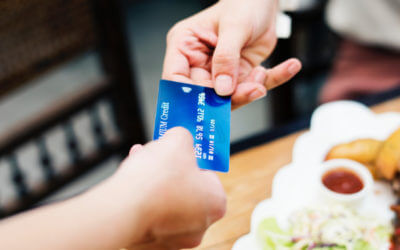
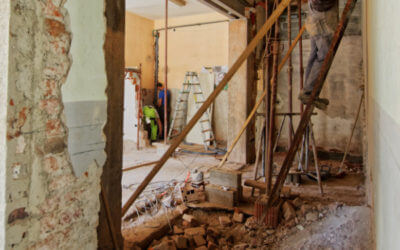

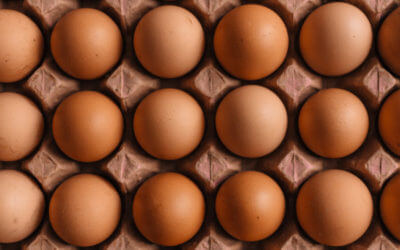

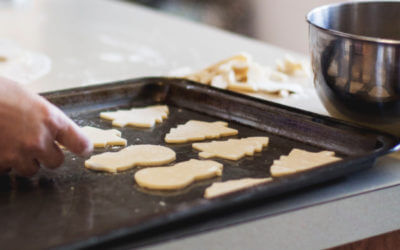

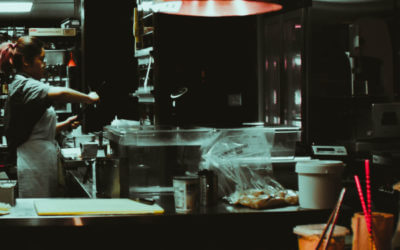


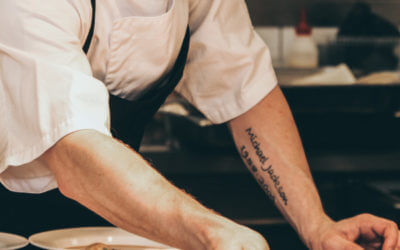
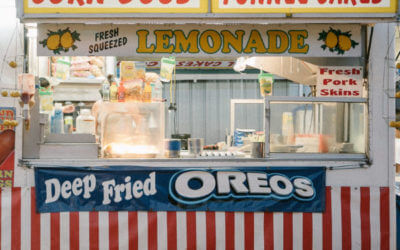
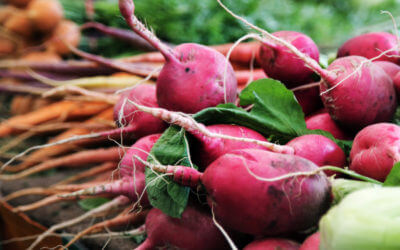
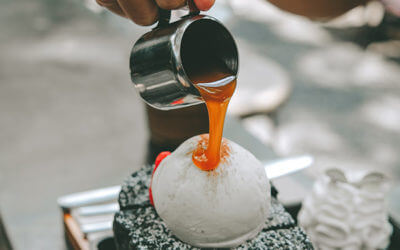
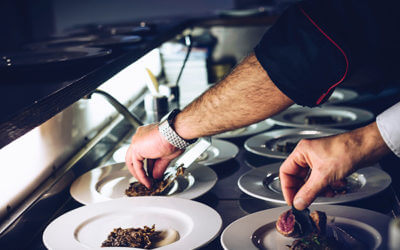
Using these tools of the trade, takes the guess work out of cooking foods to the right temperature,and gives you the
assurance that foods served have met the proper temperature requirements.